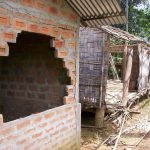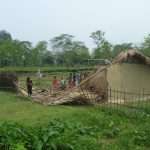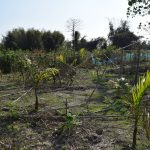Partners and collaborators
Home to the largest remaining population of Asian elephants in the world, India holds stories of coexistence and conflict between people and the gentle giants of the forest.
We’re working with the Wildlife Trust of India on making long-term coexistence a reality.
Around 60% of Asian elephants live in the forests of the Indian subcontinent. In a country with the second largest human population, life isn’t always peaceful, however. Unsustainable extraction of forest produce and expansion of agriculture have chipped away at forest borders. The elephants haven’t gone anywhere though, and regularly roam from the forests into pasture or villages in search of a meal. Many crops are highly nutritious which animals like elephants can easily exploit.
This unusual situation gives rise to a huge amount of Human-Elephant Conflict (HEC). Between 2009-2017 this resulted in the deaths of 3,627 people and more than 600 elephants. This loss of life comes alongside the staggering destruction of homes and loss of livelihoods.
The situation isn’t sustainable, but the good news is that there are already working solutions that pave the way for coexistence in the long-term. These interventions are being tested here in this project, in the Greater Manas Landscape.
The Greater Manas Landscape
In the Northeastern state of Assam, sizable human communities border the Manas National Park. This enormous area of protected forest stretches northwards into neighbouring Bhutan.
The same issues present in other parts of the country can be found here. Woodland encroachment, growing farms, and conflict with elephants as their roaming leads to negative interactions with people.
We’ve supported conservationists working in Assam for a long-time, and now this latest expansion of the project in partnership with the Wildlife Trust of India (WTI) sees new means of tackling the issue.
The project has identified eight individual villages spanning the border of Manas National Park in addition to another 30 in the 2-4km buffer zone with greater than normal levels of HEC. The team are consulting with village residents to understand their needs and enact solutions.
Interventions
Following extensive stakeholder consultations and collaboration, the project has developed a three-pronged approach for this ongoing phase to stabilise the situation and reduce HEC.
Prong 1 – Elephant-proof fence
Electric fences have been used for a number of years in India in an attempt to fence off villages and farms from elephants.
However, wire fences prevent movement of livestock and people, as well as wildlife. They’re also fairly easy to trample for more determined and clever elephants. In some extreme cases, people have connected their electric fences to overhead power lines, which become a lethal threat to anything that touches them, even the largest land mammal.
The project needed to erect a fence that was not a danger to elephants, nor a hindrance to people and their livestock. Most importantly, the fence design needed to be suitable for maintenance by the communities themselves, after individuals received training from electricians and other experts.
The design is unusual yet elegant, with coil wires suspended from an overhead line, powered by solar panels. These hanging strands can be easily parted to allow people and livestock herds to pass through, while providing a simple deterrent to any elephants considering a visit to a village.
Three years ago, 12km of this type of hanging fence was installed to the north of the eight villages and we’ve seen extraordinary success since. Elephant incursions into the region behind the fence have been reduced by 79% over these last three years, and absolutely zero elephants have been killed in conflict situations. We can compare this current zero elephant mortality period to six months of 2019, where six elephants were killed in areas that did not gain fence protection until later that year.
Prong 2 – Friends of the Elephants
With the fence, some movement of elephants into human-inhabited areas will still occur, so we need people to be able to respond to this before the situation can worsen.
The project has so far trained 25 community volunteers to become ‘Baba Bandhus’ (‘Friends of the Elephants’ in Bodo, the indigenous language of this region). Each individual has been provided with the skills to recognise the behaviours of individual Asian elephants and discern important details such as if male elephants are in musth and therefore more likely to show aggression.
Baba Bandhus provide extra warning to their communities of an arriving elephant and work to peacefully drive elephants back into the forest, reducing the risk of conflict. On top of this, they also act as ambassadors for long-term coexistence in their home communities.
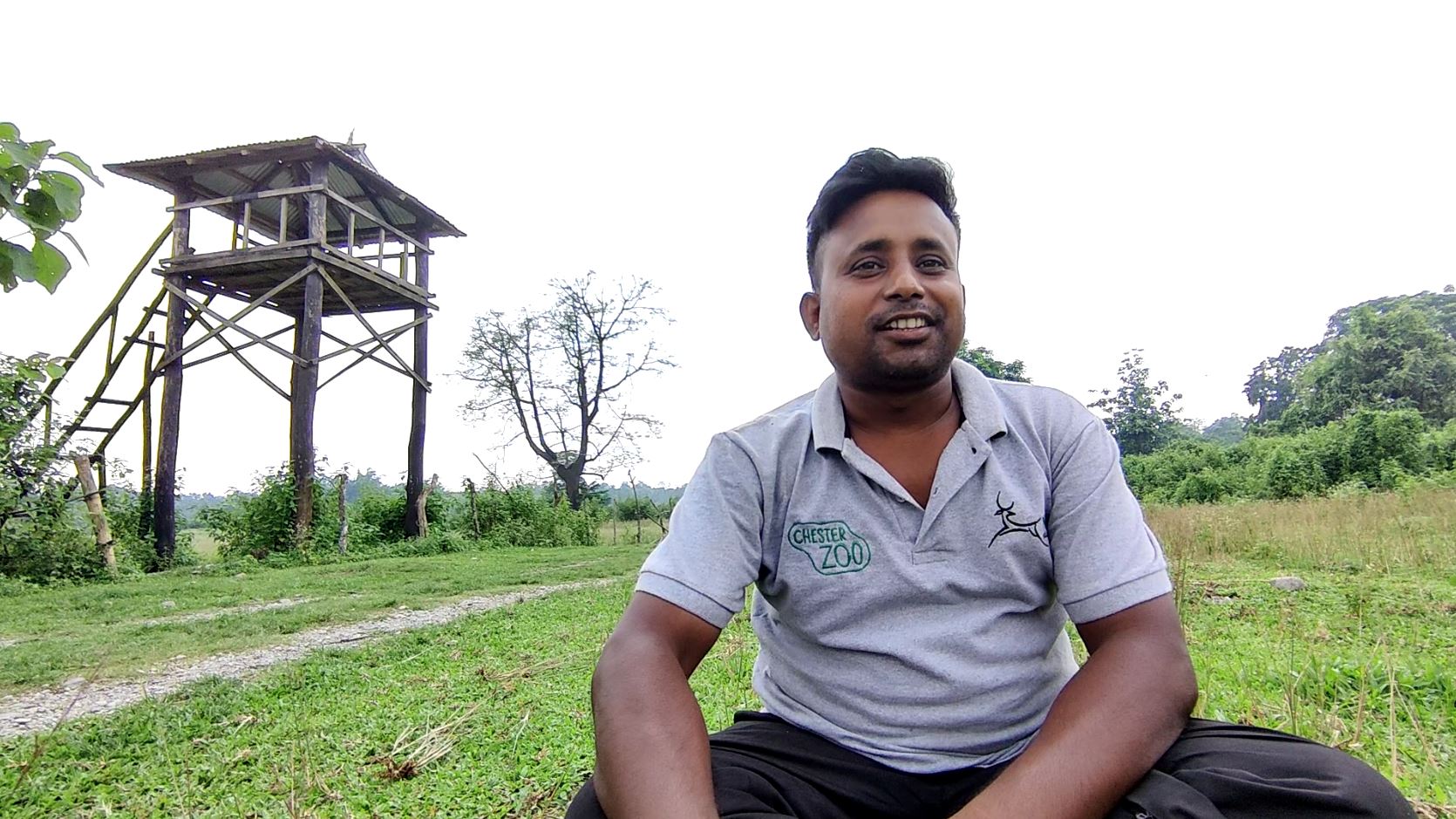 Photo – Tiken Chandra Ray, a Baba Bandhu, is pictured infront of one of the watch towers used by the team to spot Asian elephants on approach to villages.
Photo – Tiken Chandra Ray, a Baba Bandhu, is pictured infront of one of the watch towers used by the team to spot Asian elephants on approach to villages.
Prong 3 – Forest extraction
A core aspect of the issue is that the forest is still harvested for things such as timber and firewood, either for personal use or to be sold on the markets. The WTI team have been working hard to provide alternative means of income to reduce this pressure on the forest, ranging from helping villagers to grow cash crops through to helping to build and set up local shops in the key communities.
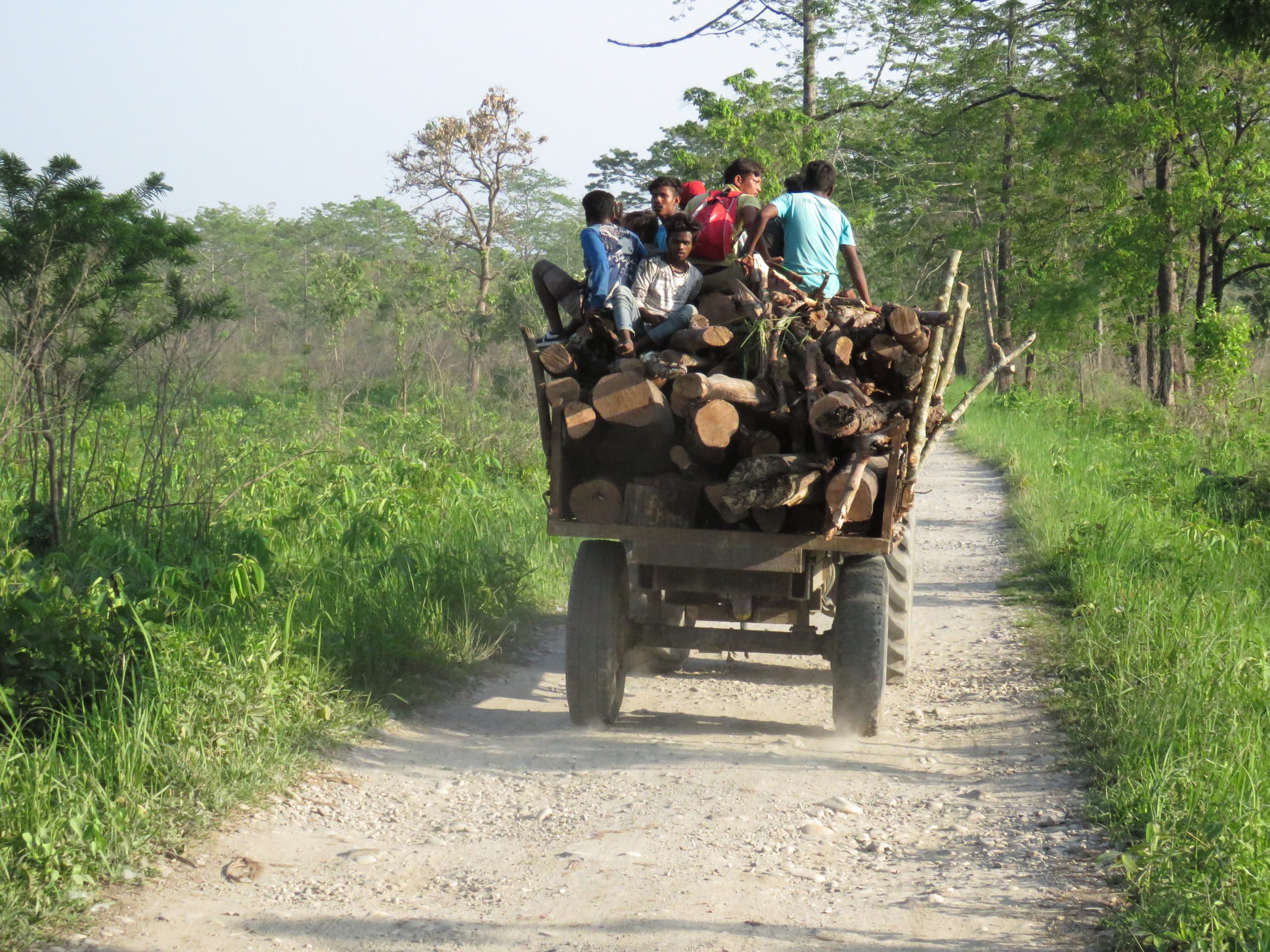 Photo – Wood extraction from the forest still continues with the resource remaining one of the most important fuels in Assam.
Photo – Wood extraction from the forest still continues with the resource remaining one of the most important fuels in Assam.
A coexistence future
These exciting steps mark a long path to achieving coexistence between people and Asian elephants across all of India, but with so much success under the project’s belt in so little time, there is great cause for optimism that together we can achieve that vision.


